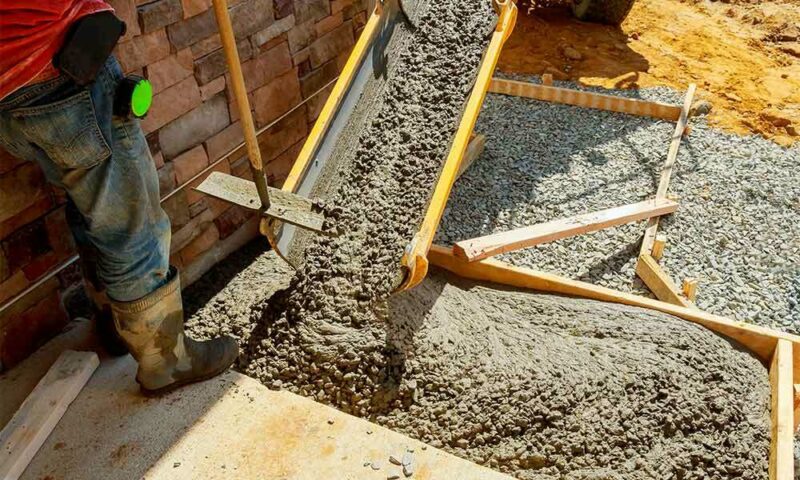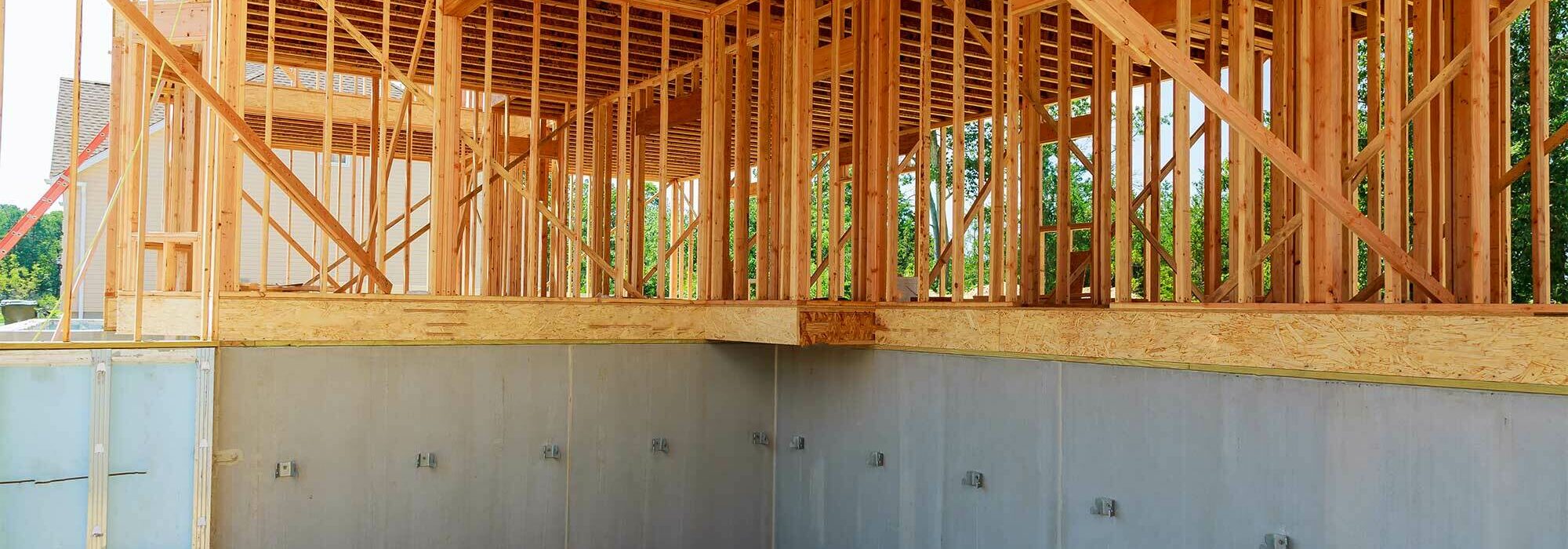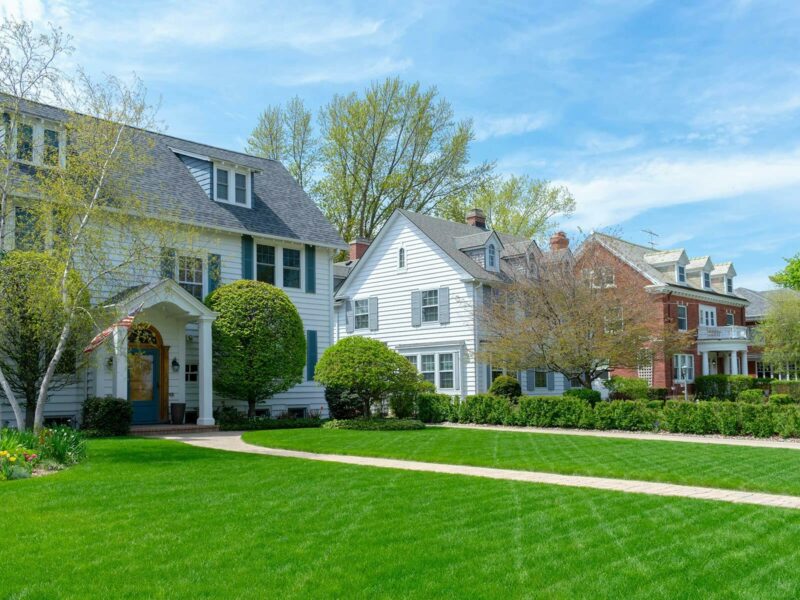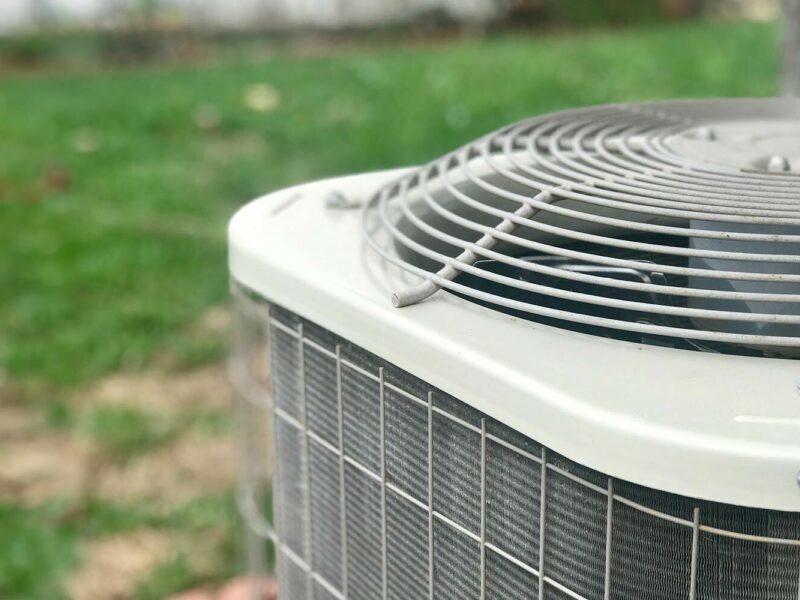Article Excerpt
The foundation keeps your home in one place, so take good care of it. Learn more about home foundations in Texas and the threats they may face.
It almost sounds too simple to call the foundation the most important part of a house. Without a strong foundation, a house might start to sink or even wash away in heavy rain, among other potential fates. Taking good care of a house’s foundation is essential to keeping the house in good working order.
Before you can take care of your foundation, though, you have to understand what it is, what it does, and what it needs. The following is an overview of the two most common types of foundations that you’ll find in Texas homes.
Types of Foundations in Texas Homes
While many types of foundations are possible, you’ll only find two in the vast majority of Texas homes: concrete slab and pier-and-beam. Of those two, the concrete slab dominates new construction. You can still find many pier-and-beam homes, but nearly all of them were built prior to the 1960s.
Concrete Slab
Most of today’s slab foundations consist of concrete reinforced with rebar or post-tension cables. Homebuilders use form boards to create the shape of the slab. They then put rebar or other steel bars into place. Finally, they pour concrete into the form, allowing openings for plumbing and gas lines where necessary.
While the concept of a slab foundation remains the same as always, the design has evolved over the years. Early slab foundations from the 1950s onward used welded wire mesh for reinforcement. When that proved insufficient, builders started using steel bars. Post-tension cables and rebar became common in the 1970s, and they remain in use today.
The advantages of slab foundations include the following:
Flexibility: Since concrete begins in a liquid form, contractors can shape it into almost any form they need.
Durability and strength: Concrete is among the strongest building materials. Unlike wood, it does not rot and is immune to termites. It is fire-resistant. It remains water-resistant for much longer than most other materials.
Slab foundations are not without disadvantages, though, such as the following:
Cracking: Concrete expands and contracts at different temperatures. Over time, this can lead to cracks, which can lead to damage in other parts of the home.
Flooding: Houses built on slab foundations sit close to the ground, making them more susceptible to floodwaters.

Pier and Beam
Pier-and-beam construction is common in homes built before the 1960s when homebuilders in Texas moved almost exclusively to slab foundations. A pier-and-beam foundation consists of three parts:
Footing: The lowest part of the foundation is made of stone or reinforced concrete and buried underground. The depth of the footing depends on the size of the structure.
Piers: These are columns made of concrete or brick that sit on top of the footing.
Beams: These connect the piers horizontally. They also connect to the floor joists in the house. Beams can be made from wood, concrete, or steel. Wood is probably the most common beam material in Texas homes.
Pier-and-beam foundations offer some advantages over slab foundations, such as the following:
Ease of repairs: The piers extend above ground level, creating a crawlspace under the home. This provides comparatively easy access to plumbing and other systems. Additionally, repairs to the foundation can be easier since it consists of multiple parts that can be accessed from the crawlspace.
Building on sloped land: The steeper the land, the more difficult the construction. Pier-and-beam foundations do not depend on the gradient, allowing easier construction.
The disadvantages of pier-and-beam foundations include the following:
Moisture buildup: Without adequate ventilation, moisture can accumulate in the crawlspace. This can lead to mold, wood rot, and other issues.
Pests: Rodents and other pests can move in under the house and cause problems
Noise and vibrations: Since houses built on pier-and-beam foundations have hollow spaces beneath them, they tend to be noisier. Floorboards may be more likely to creak, among other sounds. The floors themselves may also vibrate due to foot traffic.

Caring for Home Foundations in Texas
Many issues can lead to foundation problems. Some of the most common issues include:
Tree roots, which can physically interfere with a foundation or cause settling by drawing water from under the home
Water leaks, which can lead to shrinking, expanding, or shifting in parts of the foundation
Drainage issues, which can cause problems from either too much water next to the foundation or not enough
For a slab foundation, one of the most important maintenance jobs involves managing landscape drainage around the house. Too much water pooling around the slab can cause serious damage over time. Not enough water can also be harmful. Try to make sure water cannot collect around the house. If your home has rain gutters, use extensions to carry the water further away. When it hasn’t rained for a while, give the foundation a little water (emphasis on “a little.”)
The main concern with pier-and-beam foundations is minimizing the buildup of moisture under the house. Homes with pier-and-beam foundations typically have skirting that prevents rodents, possums, and other critters from making their homes in the crawlspace. The skirting needs to have ventilation, however, to allow any moisture that collects under the house to dissipate.
More Questions About homes?
The mortgage professionals at The Wood Group of Fairway are ready to answer your homebuying questions. We’re connected to some of the best real estate agents and home professionals in Texas. You’ll be set up for success with a whole team working hard for you and your family.



